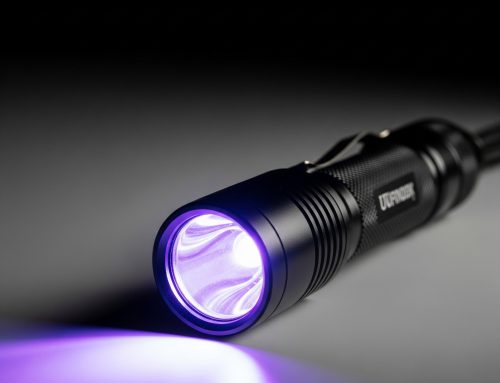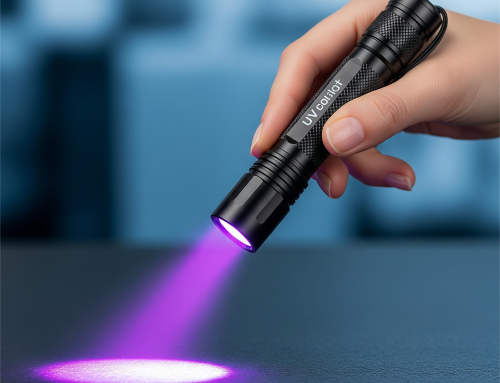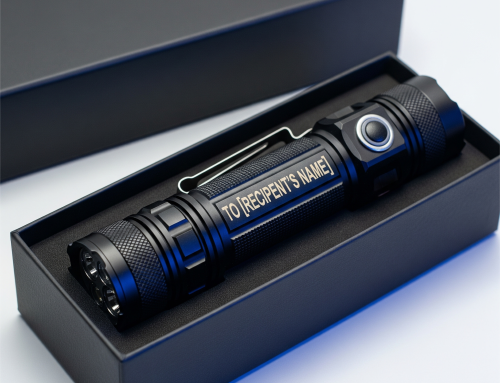Ultraviolet (UV) light has become an indispensable tool in the field of mineralogy, revealing hidden characteristics of minerals that would otherwise be invisible to the naked eye. The phenomenon of mineral fluorescence, where minerals emit visible light when exposed to UV radiation, provides geologists with a powerful tool for identification, exploration, and research.
The Science Behind Mineral Fluorescence
Mineral fluorescence is caused by the absorption of UV radiation by certain elements within a mineral’s crystal lattice. When these elements return to their ground state, they emit energy in the form of visible light. The color and intensity of the fluorescence depend on factors such as the specific elements present, the crystal structure, and the wavelength of the UV radiation.
Applications in Mineralogy
- Mineral Identification:?UV fluorescence is a valuable aid in mineral identification. For example, fluorite is renowned for its vibrant blue fluorescence, while calcite can exhibit a range of colors, including pink, blue, and green. These characteristic fluorescence patterns can help distinguish between minerals with similar physical properties.
- Gemology:?In gemology, UV light is used to identify and grade gemstones. Many gemstones, such as diamonds and rubies, exhibit characteristic fluorescence under UV light, aiding in their authenticity and quality assessment.
- Mineral Exploration:?UV fluorescence can be used to detect mineral deposits. For example, certain uranium minerals exhibit a bright green fluorescence, making them easy to spot in the field.
- Petrogenesis:?By studying the fluorescence of minerals in a rock sample, geologists can gain insights into the rock’s formation and history. For instance, the presence of certain fluorescent minerals may indicate specific geochemical conditions during the rock’s formation.
Types of UV Light Used in Mineralogy
- Shortwave UV (SW-UV):?With a wavelength of around 254 nanometers, SW-UV is often used in laboratory settings. It can induce strong fluorescence in many minerals but may also cause damage to organic materials.
- Longwave UV (LW-UV):?LW-UV has a wavelength of around 365 nanometers and is generally considered safer for minerals. It is commonly used by hobbyists and collectors.
- Visible UV (VW-UV):?VW-UV has a wavelength between visible light and traditional UV light. It can be used to excite fluorescence in minerals that are less responsive to shorter wavelengths.
Beyond Fluorescence: Other UV Applications
- Cathodoluminescence:?While not strictly fluorescence, cathodoluminescence involves bombarding a mineral with electrons to produce light emission. This technique can provide additional information about a mineral’s composition and crystal structure.
- Thermoluminescence:?Thermoluminescence is the emission of light from a mineral when it is heated. This phenomenon can be used to date certain types of minerals and geological events.
Conclusion?UV fluorescence has revolutionized the field of mineralogy, providing geologists with a powerful tool for mineral identification, exploration, and research. By understanding the principles of mineral fluorescence and the appropriate use of UV light, geologists can unlock the secrets hidden within the Earth’s rocks and minerals.



